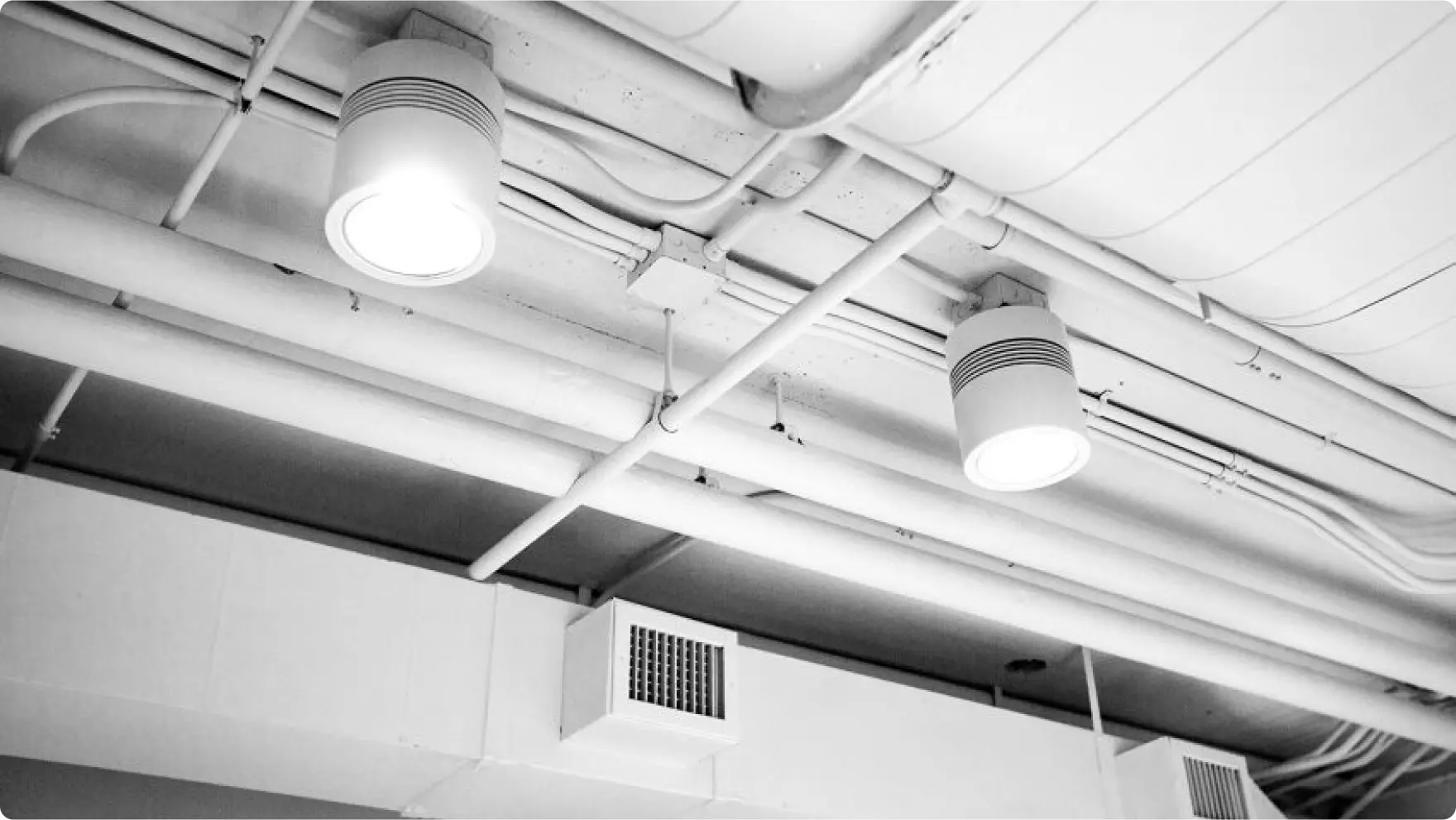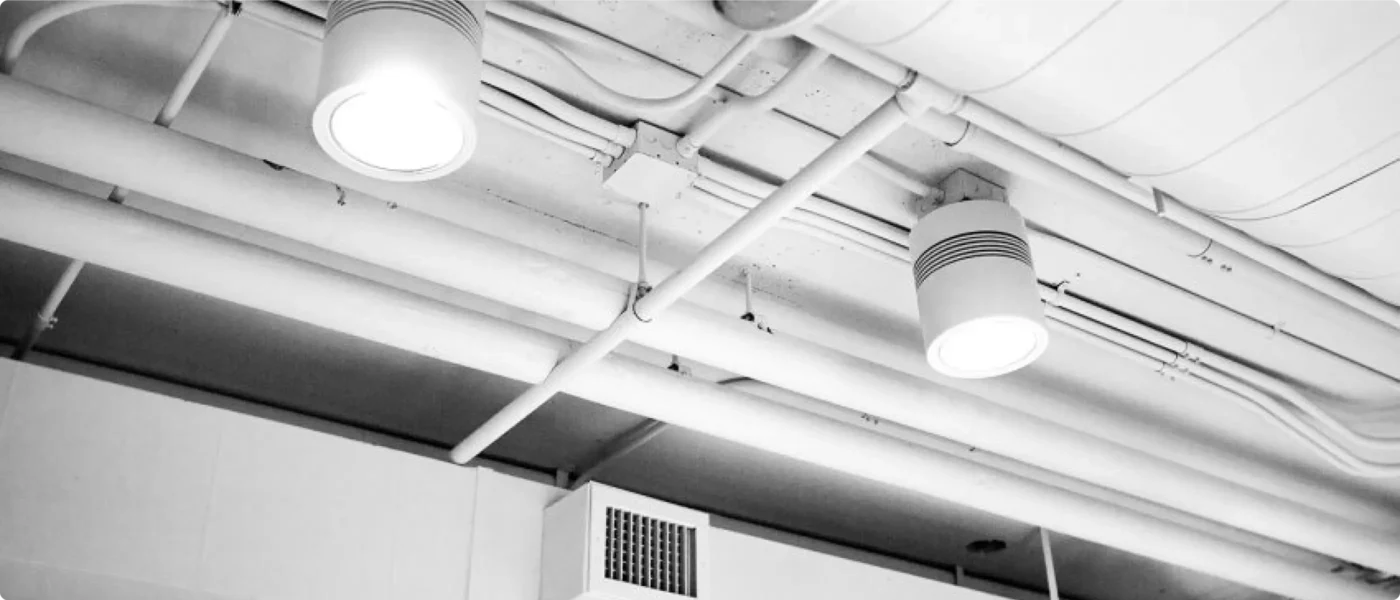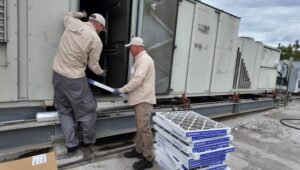Why Ductwork Sizing is So Important
Ductwork acts as the highway for air circulation in your space. In a house where the ducts are the perfect size, air flows smoothly and every room maintains temperatures you desire. But if the ducts are too small, too large, or badly installed, it can cause a sea of issues that we will discuss further in detail.
Undersized Ductwork
One of the most common mistakes during HVAC installations is choosing the ducts that are too small for the place. When ducts are not big enough to handle the air that your system needs to push, it creates resistance. This forces your system to work harder, and you don’t want that. Why? Because this will be the reason for the following issues:
- Uneven temperatures: Rooms that are far from your indoor unit may not receive enough airflow. So one part of your home will be a Sahara while another—a North Pole.
- Higher energy bills: The extra effort that your poor system needs to force the air through undersized ducts burns more energy.
- Increased wear and tear: Constant strain on the system can lead to more repairs and shorter life. But hey, once it’s gone forever maybe the next one will do better?
Oversized Ductwork
Although less common but still annoying mistake is oversized ducts. When ducts are too large, the air pressure drops, and the airflow becomes weaker. This might also leave some rooms unevenly hot or cold. Additionally, oversized ducts are more likely to get leaks, and the leaks will reduce the overall system’s efficiency.
The Bigger Picture: Good Duct Design
Size in this case matters, but isn’t the only consideration; proper design also plays a huge role. The layout, length, and placement of ducts—yep, all matter. Long, winding ducts can cause pressure drops, sharp turns create turbulence that disrupts airflow and there are a billion other ways your ducts may not be designed correctly. A good duct design ensures air travels efficiently from the HVAC unit to every room.
The Need for Balanced Airflow
In addition to duct sizing and design, balancing airflow is extremely important. If some rooms get too much air while others don’t get enough, it leads to uneven temperatures. HVAC professionals can use dampers and other tools to adjust and tune airflow, so that every space is equally comfortable.

Common HVAC Installation Mistakes
While duct sizing is vital, other factors can also ruin your HVAC system’s performance. Below you can find some common installation mistakes:
Incorrect HVAC System Sizing
Just like ductwork, your HVAC system itself needs to be properly sized. A unit that’s too big or too small can cause issues:
- Oversized systems
An oversized system will cycle on and off more frequently which is called short cycling. This prevents the system from running long enough to balance humidity or evenly distribute air. If your system does the short cycling, the temperatures in your rooms will be inconsistent and indoor environment—damp. Moreover, the frequent cycling wears out system’s components faster. - Undersized systems
On the other hand, a system that’s too small will struggle to keep up with temperature demands, especially in extreme weather. This as well will cause you and your wallet discomfort as the unit will practically runnon-stop.
Leaky Ducts
Even if your ducts are the right size, leaks can severely impact your system’s efficiency. Studies show that an average duct system loses 20% to 30% of its air due to leaks, holes, and poor connections. This wastes energy and reduces the amount of conditioned air reaching your living space. Sealing ducts properly with mastic or metal-backed tape can make a big difference.
Insufficient Insulation
Ducts that run through attics or basements need to be insulated to prevent heat loss or gain. Without proper insulation, air inside the ducts can lose warmth in winter or gain heat in summer even before it reaches your rooms. This forces your system to work harder to maintain the desired temperature, which, as we already know, reduces efficiency and increases wear.
Skipping Regular Maintenance
Even the best systems require regular upkeep to stay efficient. Routine maintenance like changing air filters, cleaning coils, and checking refrigerant levels are essential. Dirty filters and coils block airflow, while low refrigerant levels can cause the system to strain, using more energy and potentially causing damage. Keeping up with maintenance is key to make sure that your system runs smoothly and lasts longer — book Fuse Service today to schedule your next maintenance visit!
Conclusion
As you can see, comfort doesn’t just come from setting your thermostat right. The design, installation, and maintenance of your HVAC system play a crucial role in how well it performs. Ductwork sizing is a key factor, but it’s just one of several things that need attention. Issues like improper system sizing, poor duct sealing, and inadequate insulation can all sabotage your system’s ability to keep you comfortable.






